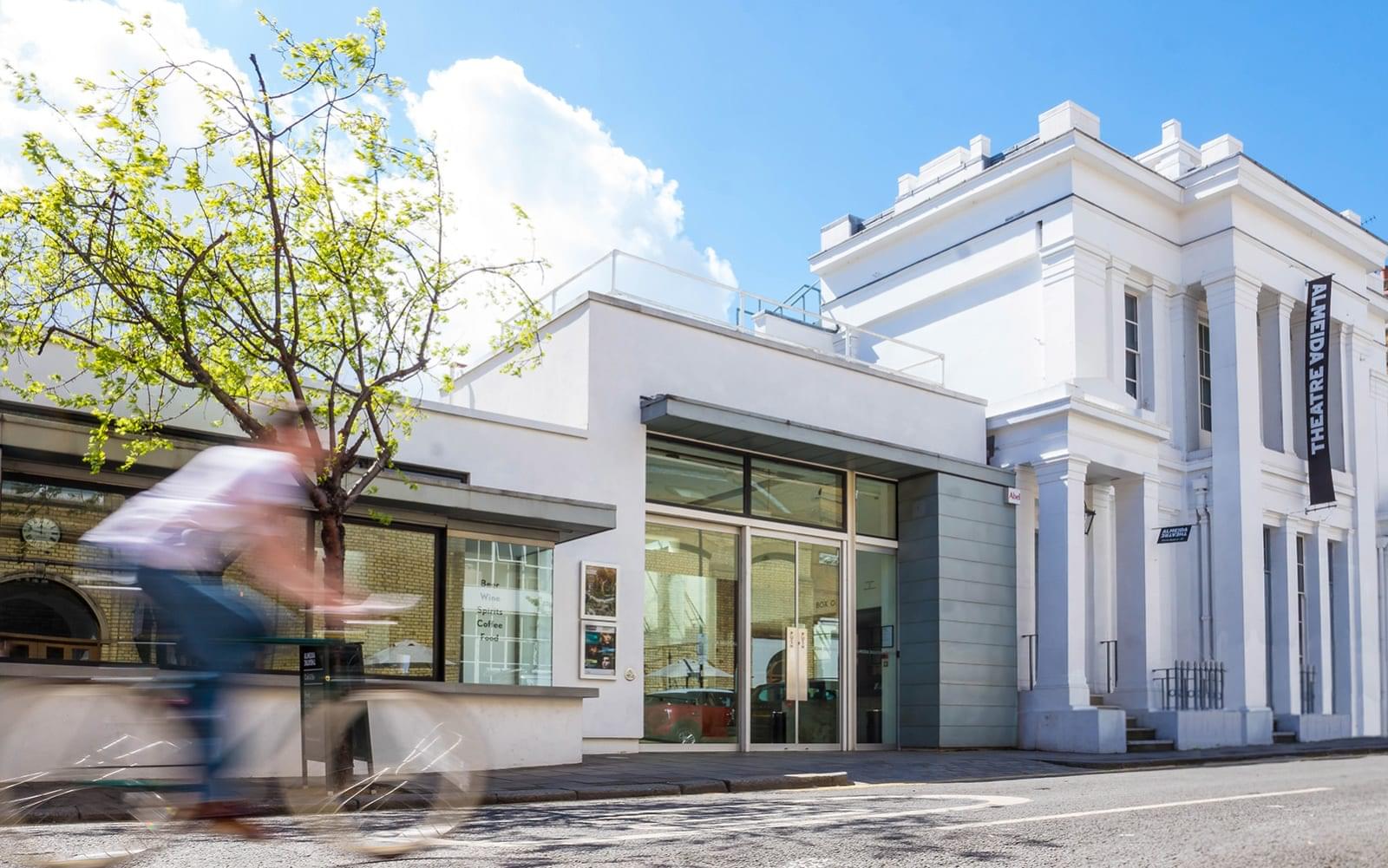The House of Shades, a new play from Beth Steel, spans five decades of the lives of the Webster family, set against the political history in the United Kingdom. This timeline, written and compiled by Assistant Director Emily Ling Williams, chronicles key events involving the Labour Party that took place between 1900 and 2019.
1900 – The Trades Union Congress (TUC) co-operates with the Independent Labour Party to establish a Labour Representation Committee, which becomes the Labour Party in 1906.

1912 – The first national strike by coal miners takes place. It lasts 37 days and is successful in securing miners a minimum wage.
1914 – 1918 – World War I.
1918 – Labour becomes a formally socialist party with a democratic constitution and a national structure. The party’s program commits Labour to the pursuit of full employment with a minimum wage and a maximum workweek, democratic control and public ownership of industry, progressive taxation, and the expansion of educational and social services.
1924 – Ramsay MacDonald is elected the first Labour Prime Minister.
1939-1945 – World War II.
1945 – Labour wins the UK Election. Clement Attlee becomes Prime Minister taking over from Winston Churchill. Labour launches the welfare state, increases workers’ rights, nationalises industries such as coal, railways, electricity, gas and steel and creates the National Health Service.

1951 – After only six years in power, Labour loses the election to the Conservatives. Throughout the 1950s the question of the nationalisation of industry divides the party.
1964 – Labour win the general election and Harold Wilson becomes Prime Minister. Wilson pursues a policy of no significant expansion of public ownership but placates the party’s left-wing by renationalising the steel industry in 1967.
1973 – Britain officially joins the European Communities (later to become the European Union) under the leadership of Conservative Prime Minister Edward Heath.

1975 – With Labour back in power, Prime Minister Harold Wilson announces a national referendum on whether to withdraw from the European Communities. The public votes to remain at 67% to 33%.
1978/79 – More than 2,000 strikes erupt across Britain, in a four month period dubbed The Winter of Discontent as workers reject the Labour government’s attempts to curtail wage increases. Labour’s subsequent electoral defeat at the hands of the Conservative Party, under the leadership of Margaret Thatcher, leads to the privatisation of major utilities during the 1980s.
1980 – Michael Foot is elected Labour leader on a platform that includes withdrawal from the European Communities and widespread nationalisation. T he party is soon hit with a crisis when four politicians break away to form the SDP (Social Democratic Party) in opposition to Foot’s left-wing agenda. The SDP forms an alliance with the Liberal Party, later merging to become the Liberal Democrats in 1988.
1984/85 – Described as “the most bitter industrial dispute in British history” the National Union of Mineworkers (NUM) hold a year-long strike due to increasing pit closures and pay restraint. The NUM is divided over the strike and many mineworkers, especially in the Midlands, work through the dispute. The eventual end of the strike is seen as a victory for Thatcher and allows the government to continue the closure of most of Britain’s coal mines.

1994 – Tony Blair is elected Labour Leader on a platform that declares its support for European integration and re-writes Clause 4 of its constitution that committed it to the public ownership of industry.

1997 – Labour wins the UK election in a landslide and Blair becomes Prime Minister.
2010 – Labour loses its majority at the UK election and the Conservatives and Liberal Democrats form a Coalition Government.
2015 – After Labour loses another general election, Jeremy Corbyn is elected leader. He campaigns on a platform of renationalising major industries such as railways and energy.

2016 – The Conservative government follows through on its campaign promise by holding a national referendum on European Union membership. The UK votes to leave.

2019 – Britain leaves the EU and the Conservatives gain a majority in the UK election, winning many traditional Labour seats that voted to leave in the 2016 referendum.

